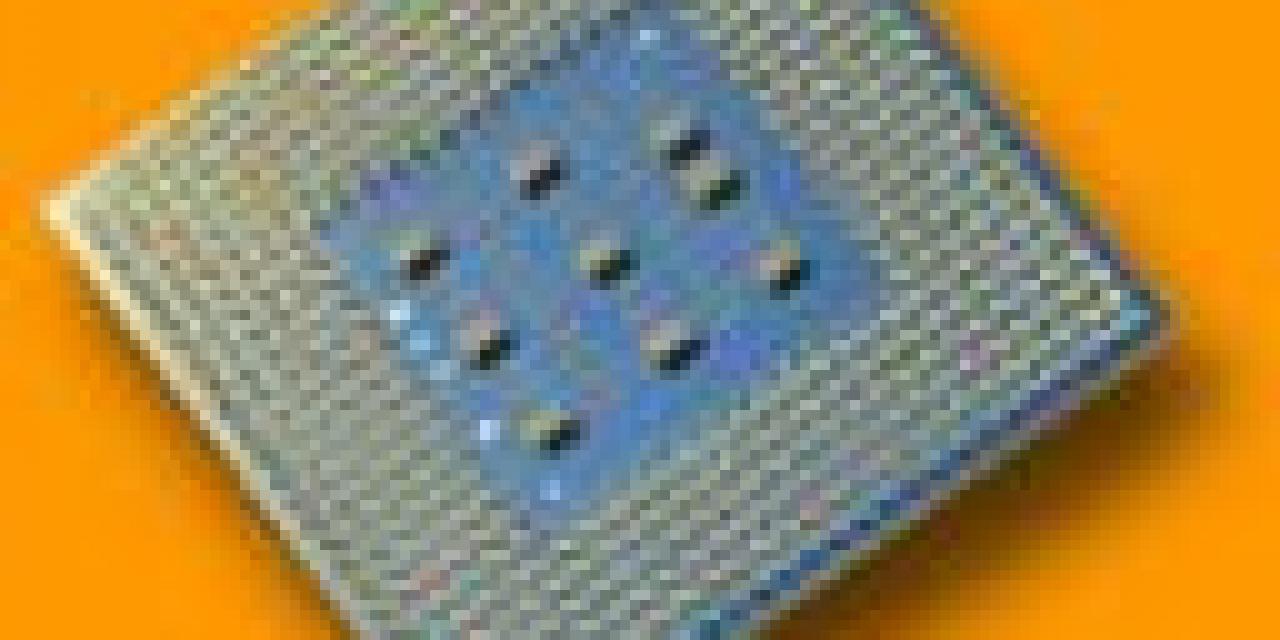
Just as Intel, triumphantly, announced the release of the new Pentium 4 processor with a faster system bus and a new chipset platform, they had to admit that they have to temporarily halt shipment. The new P4 processor, at 3GHz, targeted at video editing, high-end gaming and other computing-intensive applications, had its launch halted after the company found over the weekend that a very small number of the new chips, may not have been performing as expected, said Intel spokeswoman Laura Anderson.
According to Intel the big advantage of the new product, besides the 3GHz processor, is the new chipset which contains two technical innovations that accelerate the speed at which data flows between the computer's processor and system memory and also doubles the computer's networking bandwidth. A chipset consists of one or more chips that act as a computer's nervous system, transmitting signals from the computer's brain, the microprocessor, to the rest of the system. These new products support Intel's Hyper-Threading Technology and are targeted for high performance and feature-rich workstations and desktop computers.
Anderson said the chipset was not affected by the anomaly found in the processors.
Although any launch halt is an embarassing and messy affair for any company, analysts suggest that the problem is probably not a very serious or product threatening one, since most such problems are usually detected much earlier in the testing process.
The delay does however, mean that target availability dates will most probably not be met. Intel are refusing to release further details of the problem since they claim to be working with their customers.
The Pentium 4 processor with Hyper-Threading Technology operating at 3 GHz can now have an 800 MHz system bus instead of 533 MHz, the previous highest speed bus. The new 800 MHz bus can transmit information within the PC up to 50 percent faster than the previous version. With Hyper-Threading (HT) Technology, users can perform multiple complex tasks with greater responsiveness from their PCs. For desktop applications, these tasks include accessing instant messaging while playing a favorite online game or downloading music while manipulating digital photos. Advanced digital content creation tasks such as 3-D modeling, rendering and video editing are some of the workstation applications that benefit from these new features.
